In your sketchbook fill 3 pages with the following drawings. The images below illustrate how to build the drawing step by step, but you just need one finished drawing per page.
The Bird’s Eye Buildings:
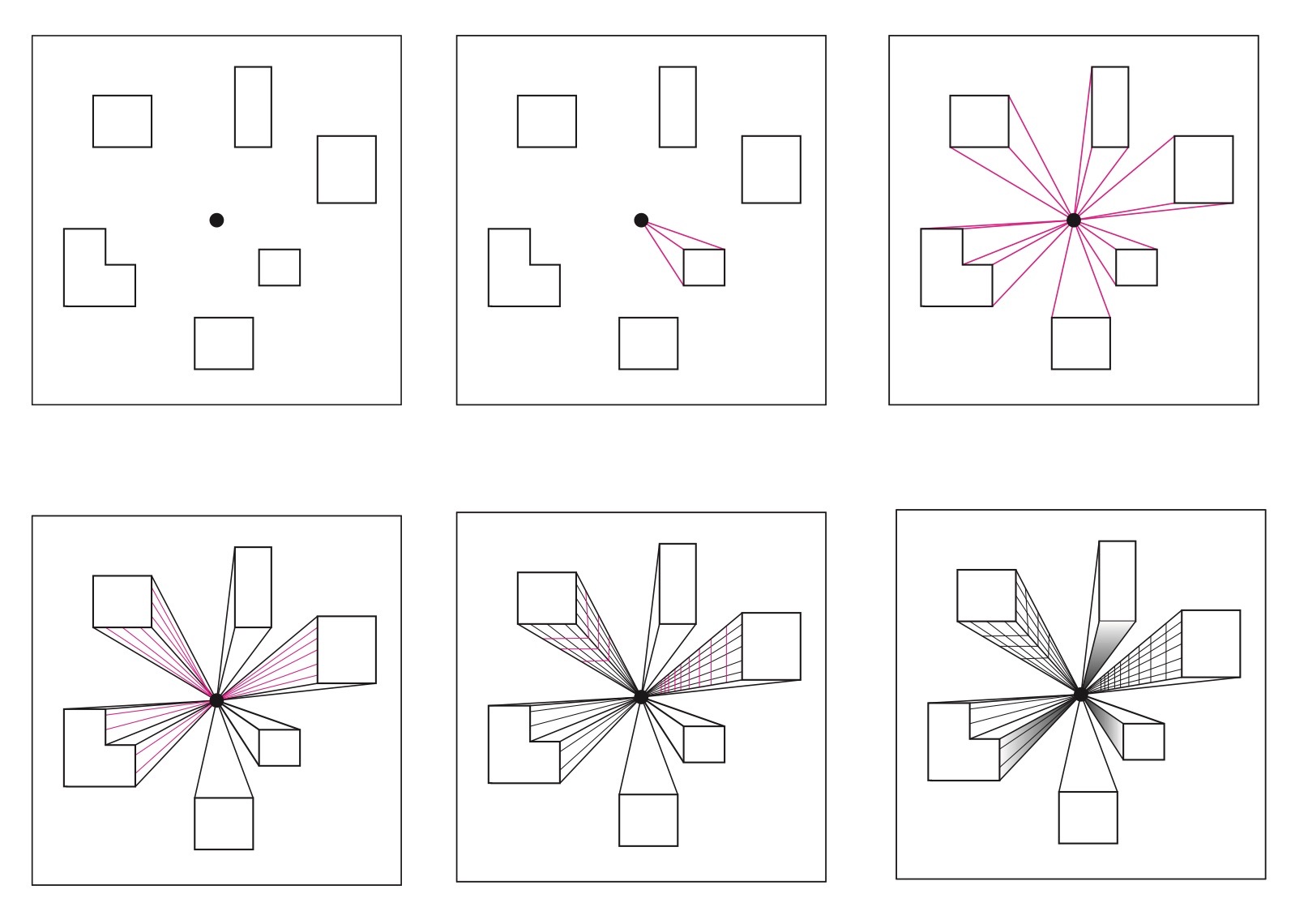
Add squares and rectangles around the vanishing point in the center of the paper.
Begin with the square or rectangle closest to the vanishing point. Draw tangent lines from the corners of the square to the vanishing point.
- If buildings run into each other, stop or erase overlapping parts.
- Add shading, or value, to your buildings. The darker values will be closer to the vanishing point.
- The original shapes will be the tops of the buildings, so you can add objects, like pools or helicopter pads as if you are looking at them from above. For example, a pool would look like a rectangle.
- Try making an “L” shape in perspective. Does it change the process? Do you add more lines to the vanishing point?
The Landscape:

Drawn a horizontal line across the top third of the paper. In the middle place a vanishing point.
- To make a road, lines should start at the bottom of the page and meet at the vanishing point.
- Dividing lines in the road should be larger and further apart when they are lower on the paper and get smaller and closer together as they reach the vanishing point.
- Houses start with squares and rectangles and their sides should go to the vanishing point. They should then be cut down using right angles.
- Try overlapping the shapes.
- Street lights, fences, or power lines should be parallel to the edge of the paper, or straight up and down. These should also gradually get shorter and closer together as they reach the vanishing point. If they have lines attaching the poles together, like a fence or power lines, the horizontal portions of those objects should go toward the vanishing point.
The Room:
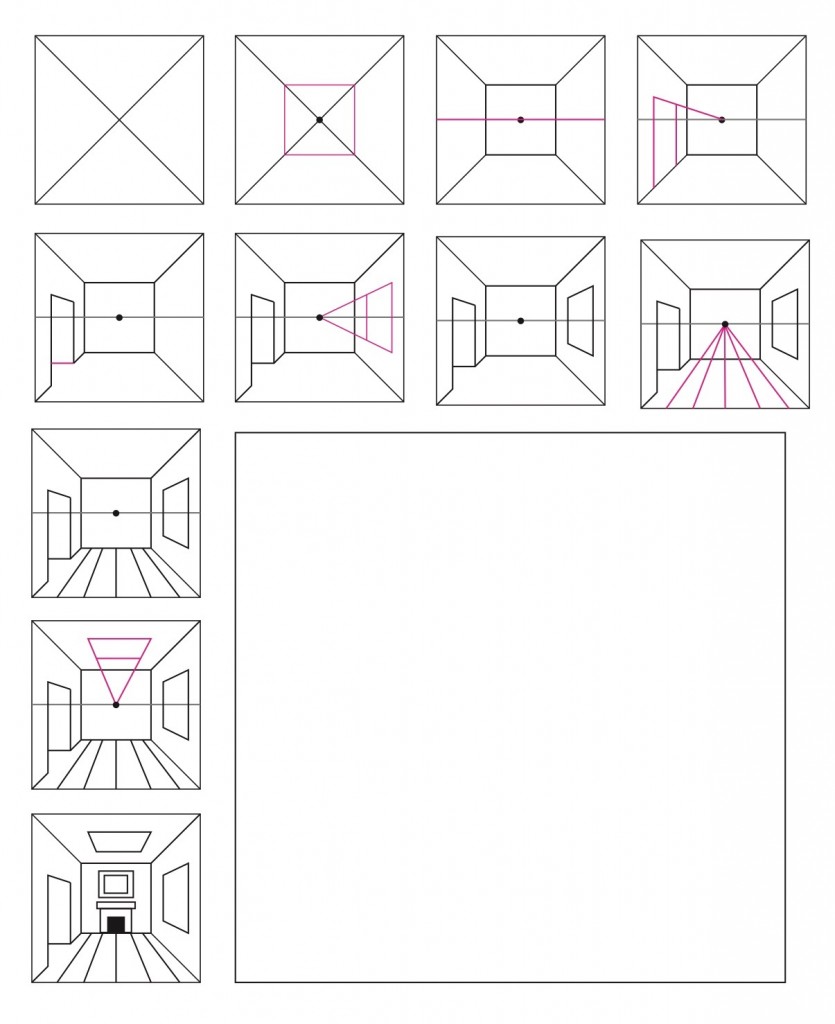
The middle square or rectangle represents the back of the room or hallway. Whatever you draw on that square should appear as if you are looking directly at it. Those objects will not need the vanishing point.
- Everything on the walls, ceiling, or floor will line up to the vanishing point.
- Anything below the horizon line will include lines moving up toward the vanishing point.
- Anything above the horizon line will include lines moving down toward the vanishing point.
- Vertical Lines should be parallel to the edge of the paper or straight up and down.
- Horizontal Lines use the vanishing point to keep them in perspective.
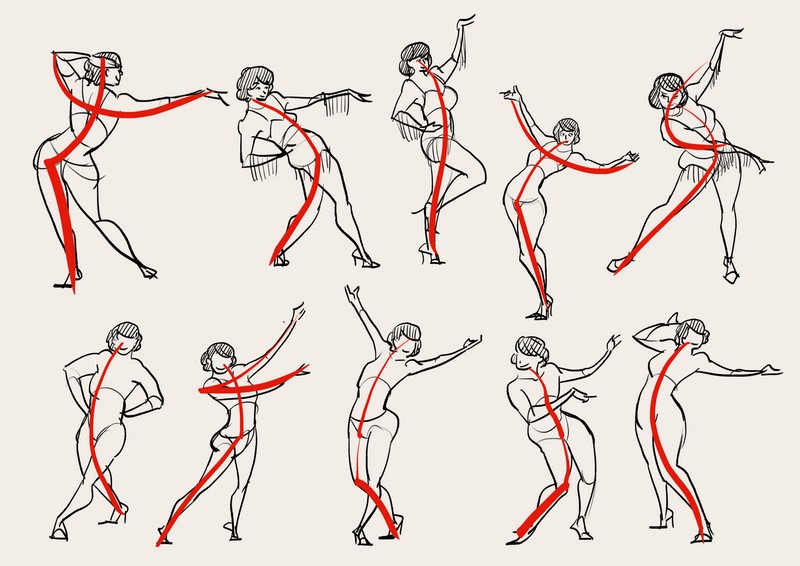

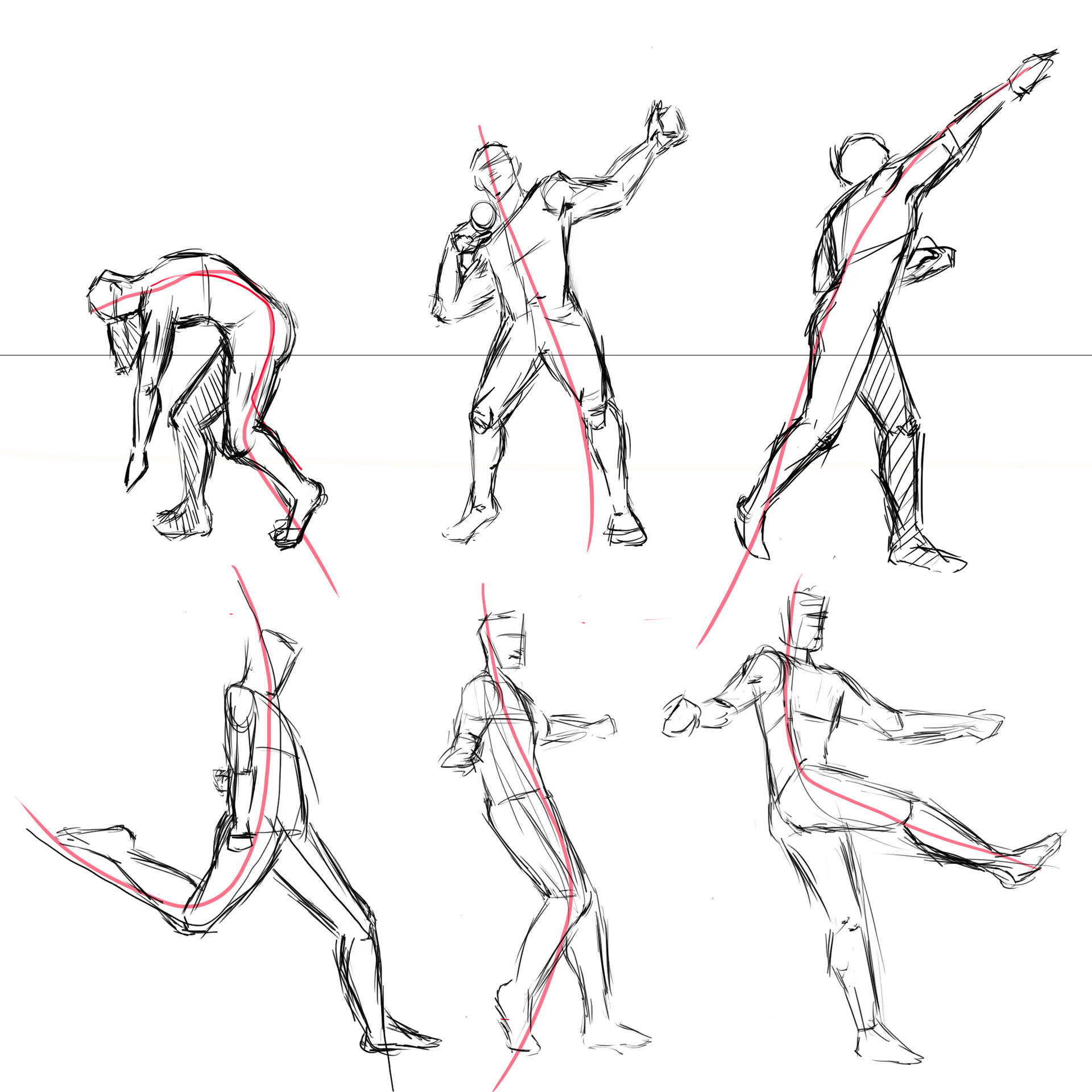
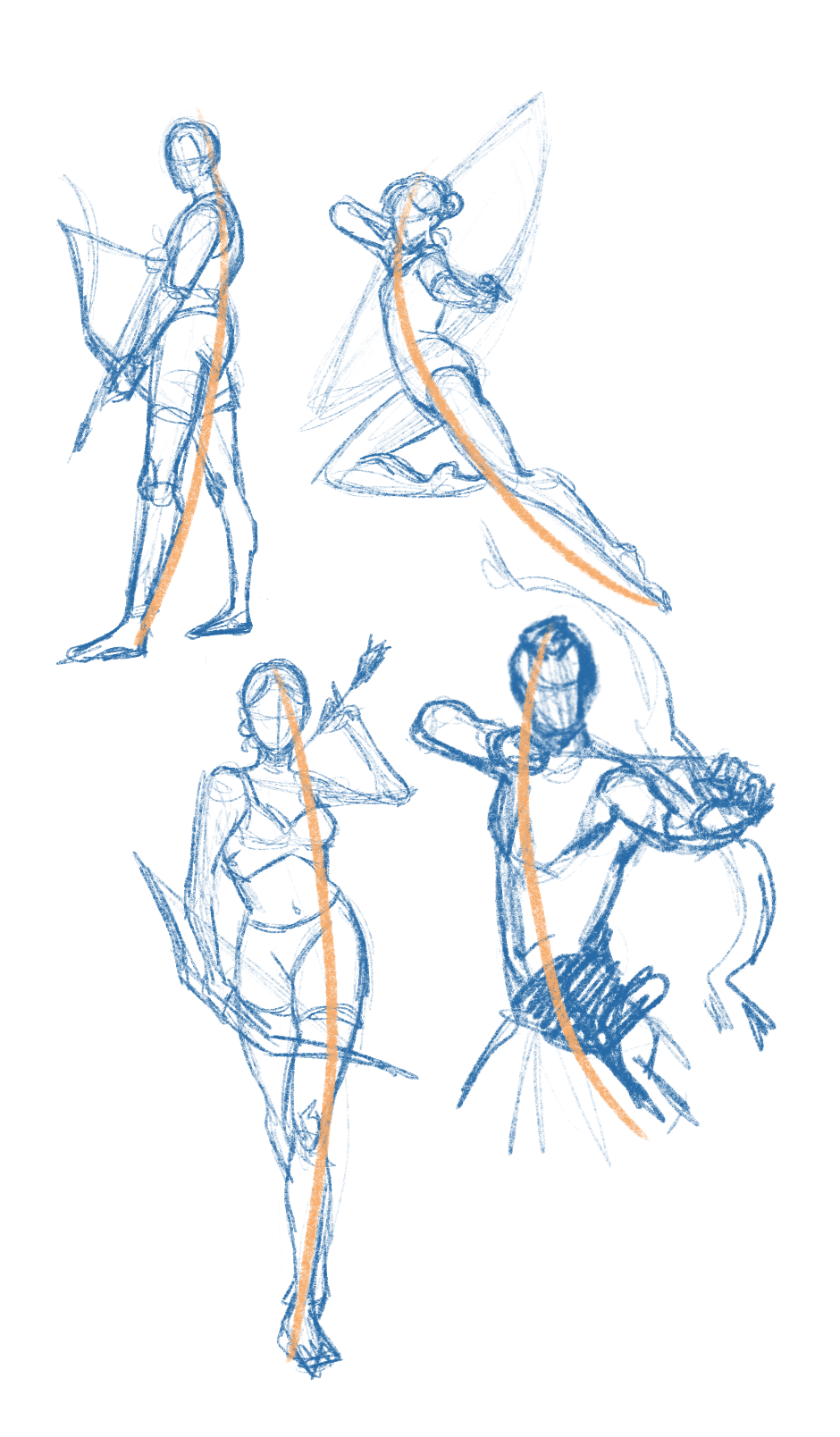
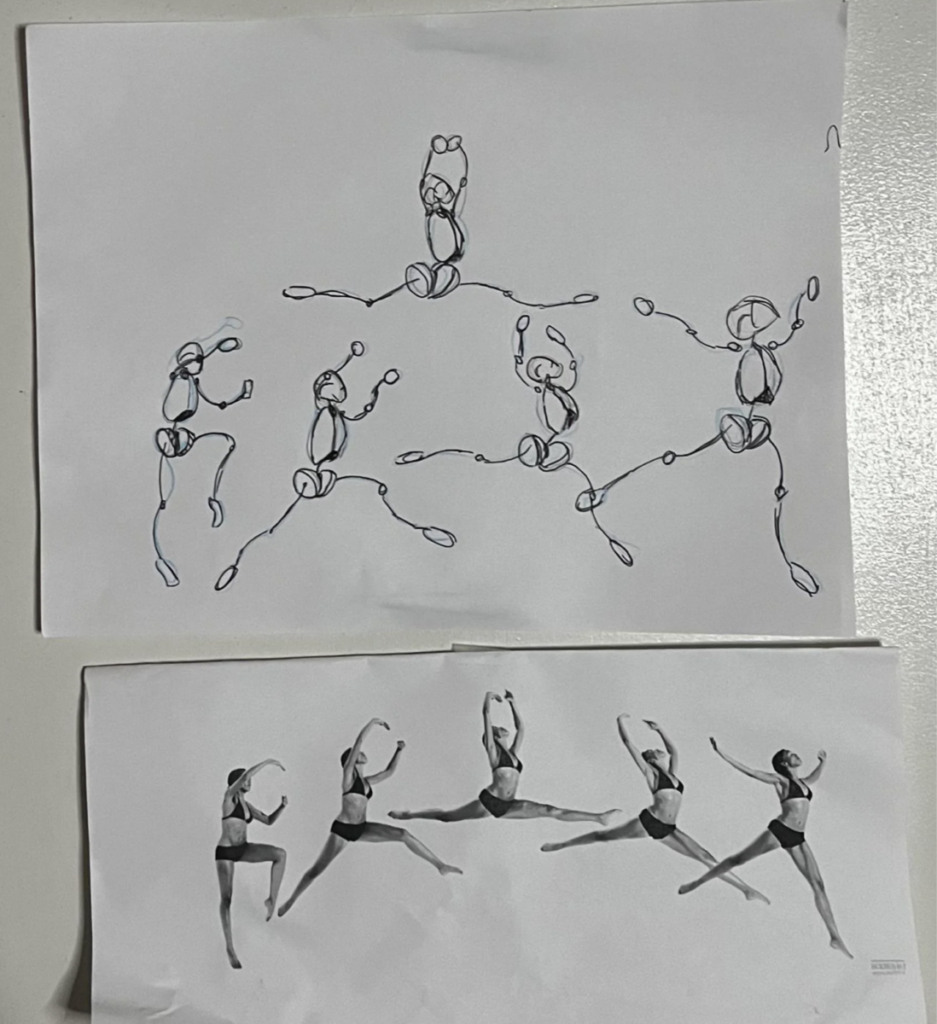
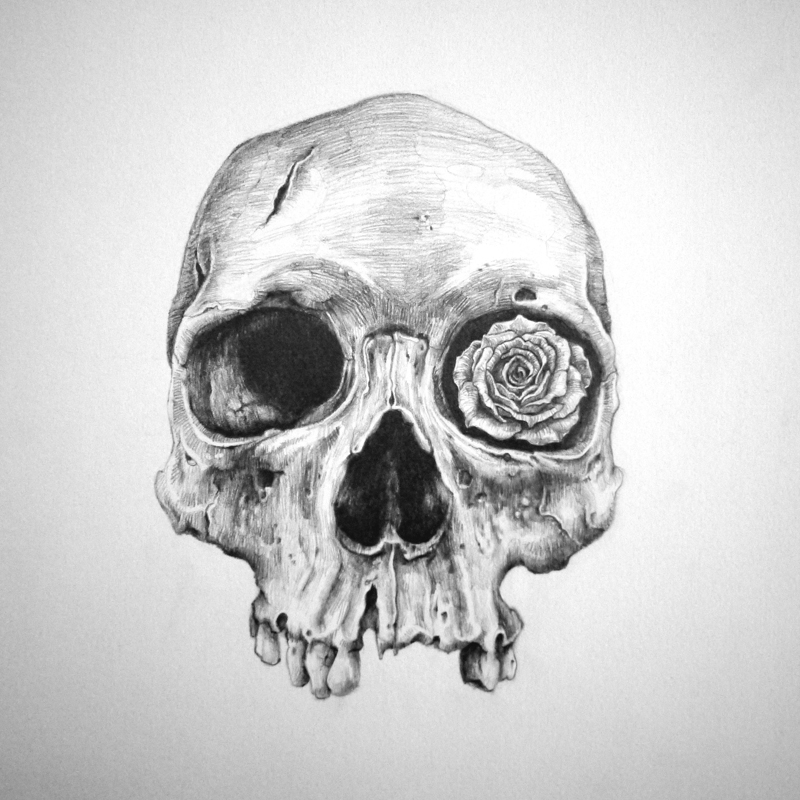


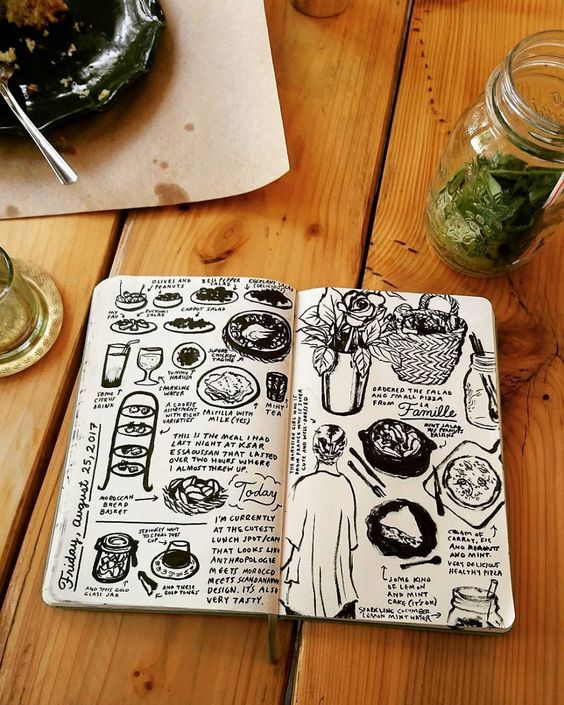
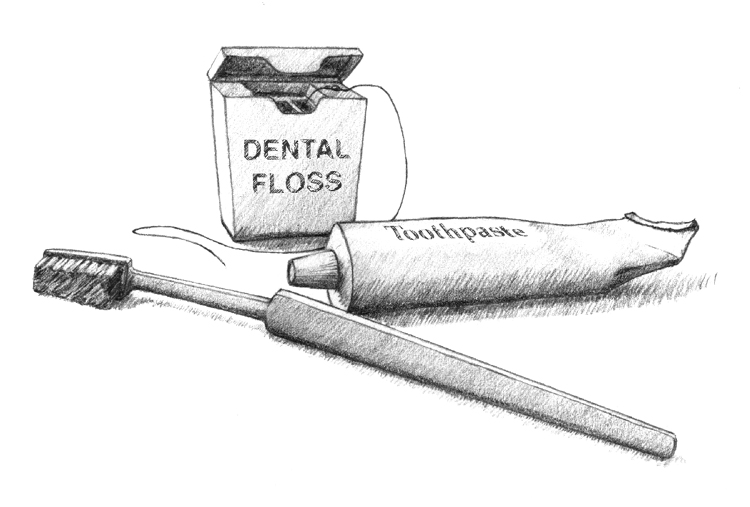


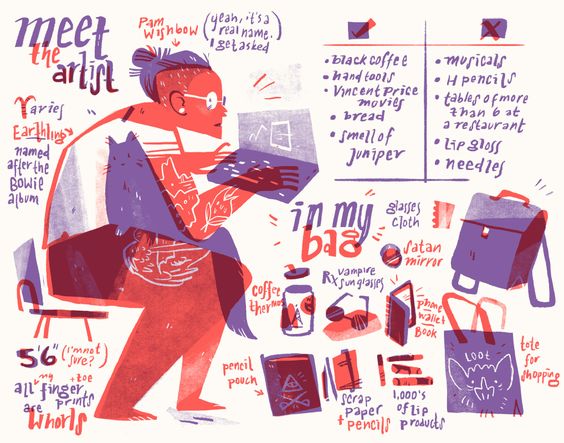
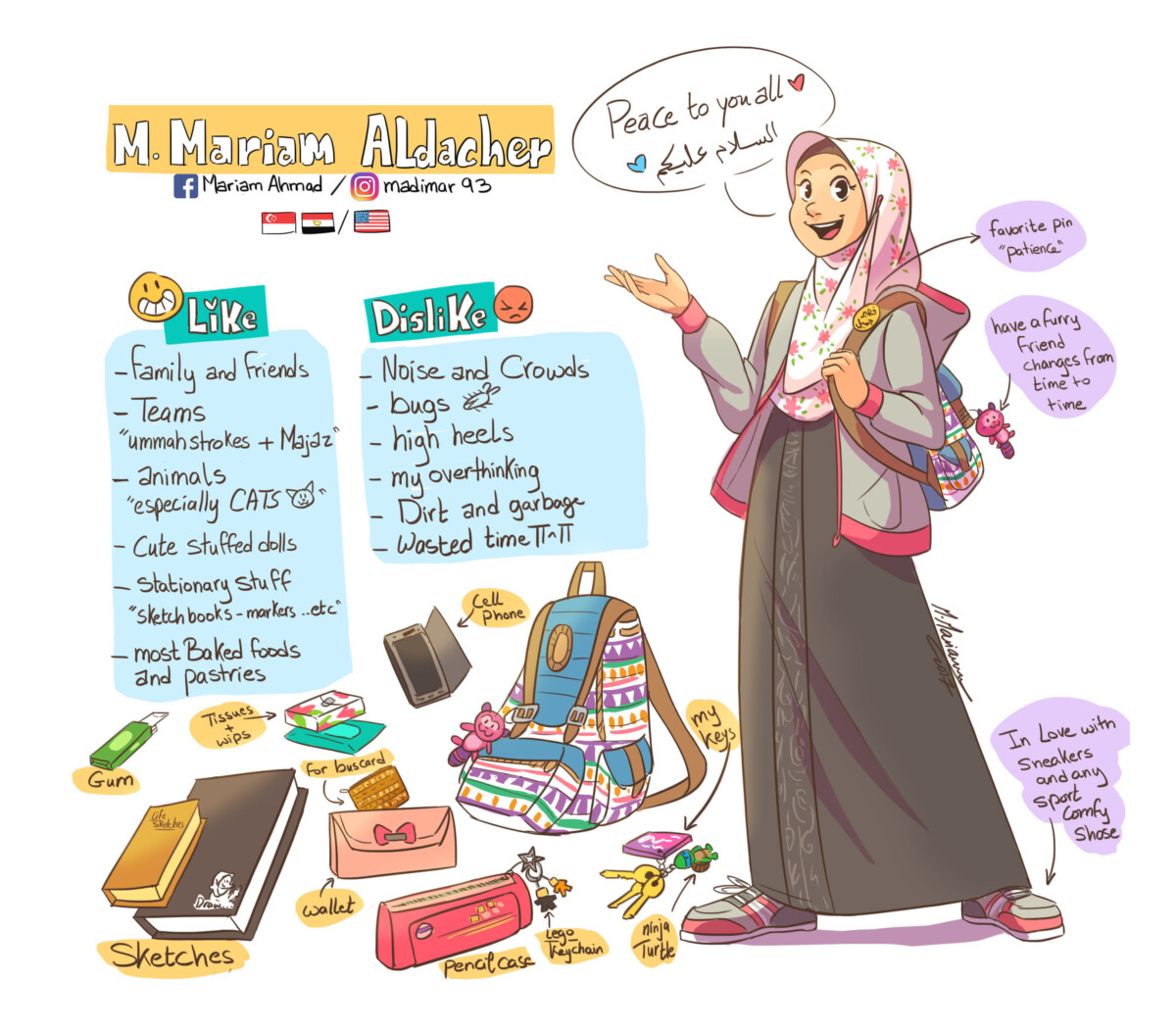
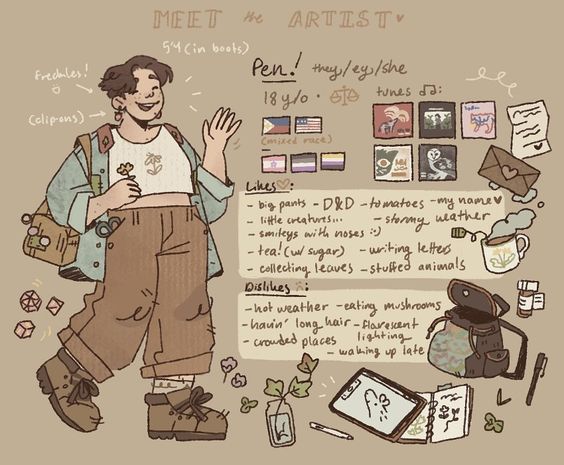
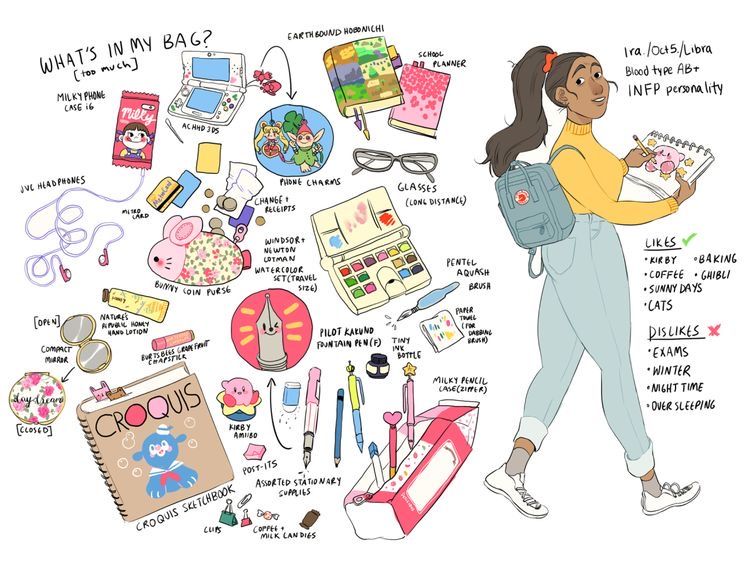
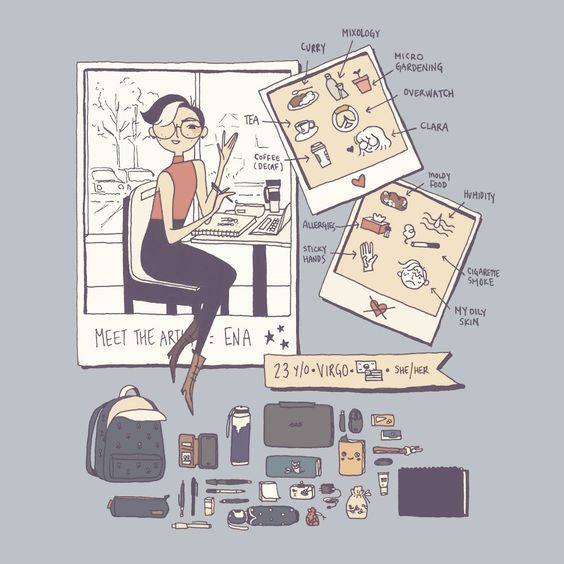



Recent Comments